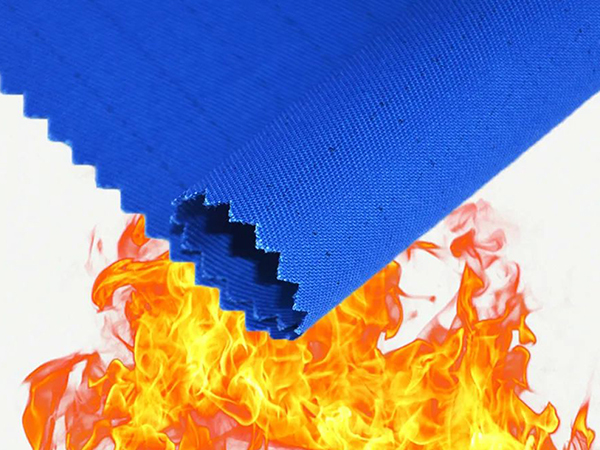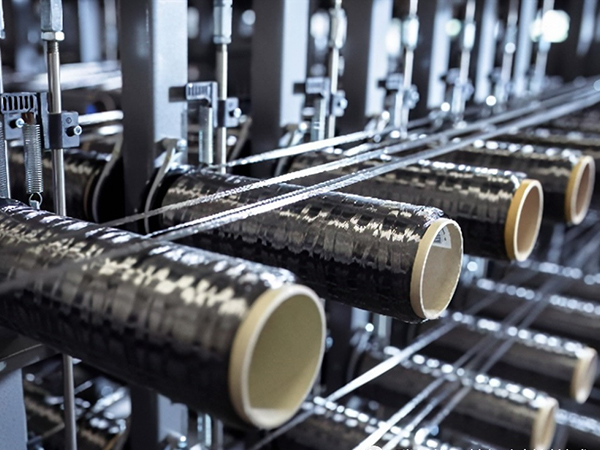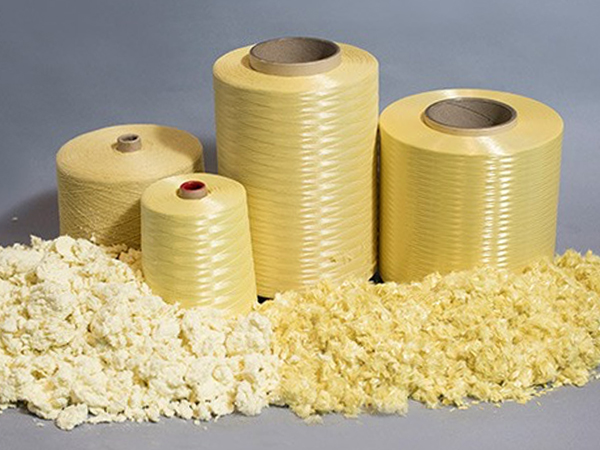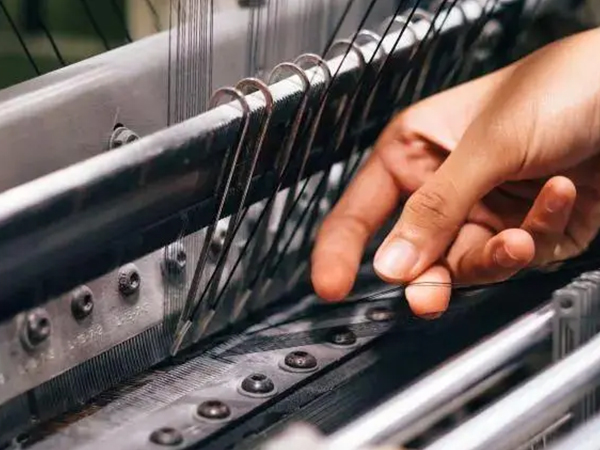008615921909439
Language
Language
English
日本語
Deutsch
Français
Español
Русский
Português
Italiano
한국어
ဗမာ
ไทย
Tiếng Việt
Bahasa Melayu
Polskie
Shqiptare
عربي
Azərbaycan
Gaeilge
Eesti keel
Euskara
беларуская
български
íslenskur
Bosanski
فارسی
Afrikaans
Dansk
Filipino
Suomalainen
ខ្មែរ
ქართული
ગુજરાતી
қазақ
Kreyòl ayisyen
Hausa
Nederlands
Galego
Català
čeština
ಕನ್ನಡ
Hrvatski
Latinus
Latviski
ພາສາລາວ
Lietuvių
Română
Malagasy
Malti
मराठी
മലയാളം
македонски
Maori
Монгол
বাংলা
Hmoob
Zulu
नेपाली
Norsk
ਪੰਜਾਬੀ
Chichewa
Svenska
Српски
Sesotho
සිංහල
Esperanto
Slovenský
Slovenščina
Kiswahili
Cebuano
Soomaali
тоҷикӣ
తెలుగు
தமிழ்
Türk
Cymraeg
اردو
український
o'zbek
עִברִית
Ελληνικά
Magyar
Hայերեն
Igbo
יידיש
नहीं।
Basa Sunda
Basa Jawa
Yoruba
አማርኛ
ଓଡିଆ
Татар
Frysk
Кыргызча
Corsu
Kurdî
Lëtzebuergesch
Kinyarwanda
IsiXhosa saseMzantsi Afrika
پښتو
Samoa
Gàidhlig na h-Alba
Türkmenler
ئۇيغۇرچە
Ōlelo Hawaiʻi
Kiniki
Shona
Bahasa Indonesia
Save









